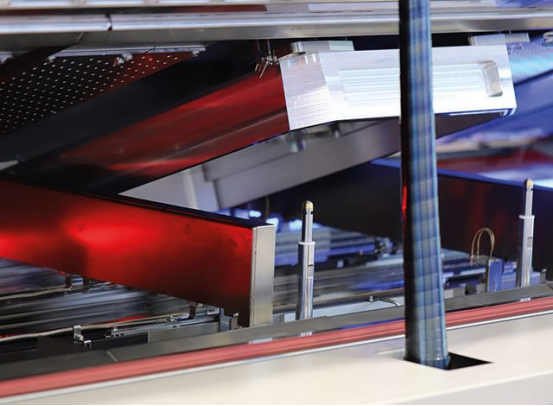Reflow soldering transfer width and temperature zone setting standards
Release time:2024-04-23Publisher:Jeenoce
To achieve ideal welding results, proper control of the reflow soldering process is crucial. The advantage of reflow soldering is that the temperature is easy to control, oxidation can be avoided during the soldering process, and manufacturing costs are also easier to control. JEENOCE would like to share the standards for reflow soldering transfer width and temperature range settings.
1、 Standard for setting the transfer width of reflow soldering
For PCB circuit boards with a thickness of over 1.6mm and a length and width of 150-300mm, chain conveyor is generally used; For PCBs with a thickness less than 1.6mm, smaller dimensions that are not convenient to use chain conveyor or panel assembly, mesh belt conveyor can be used to prevent deformation.
When using the chain transmission method, set the length and width dimensions of the PCB. After the equipment automatically adjusts the width, check whether the actual width of the chain matches the width of the PCB. There should be a gap of 1-2mm between the two.

2、 Standard for setting reflow soldering temperature curve
There are two main parameters that affect the temperature curve of reflow soldering: chain speed and temperature settings in each temperature zone. The temperature curve needs to be set based on the technical requirements of the solder paste used, taking into account both the chain speed and the temperature of each temperature zone. The chain speed should be determined based on the production rhythm of the entire production line, and the temperature curve is usually divided into four zones: preheating zone, insulation zone, welding zone, and cooling zone. The heating rate should be less than 3 ℃/S, the peak temperature should usually be between 210 ℃~230 ℃, the reflux time above 183 ℃ should be 60 (± 15) S, and the cooling rate should be between 3C/S~4 ° C/S. Generally, a faster cooling rate can obtain finer particle structures and higher strength and brighter welding points. However, exceeding 4C per second can cause temperature shock.
When setting the reflow soldering temperature curve, it can be set based on empirical data first, and then measured with a sample or a PCB similar to the PCB to be soldered. When measuring the temperature curve, the thermocouple of KIC should be placed in the middle of the PCB, the edge of the PCB, the edge of the large device, and the vicinity of the device with strict heat resistance requirements. The thermocouple can be fixed on the test point with high-temperature tape. After the temperature curve sampling is completed, KIC's analysis function is used to mainly check the peak temperature, heating rate, reflow time, and temperature difference, and then adjust the reflow soldering furnace setting according to the technical requirements of the solder paste.

